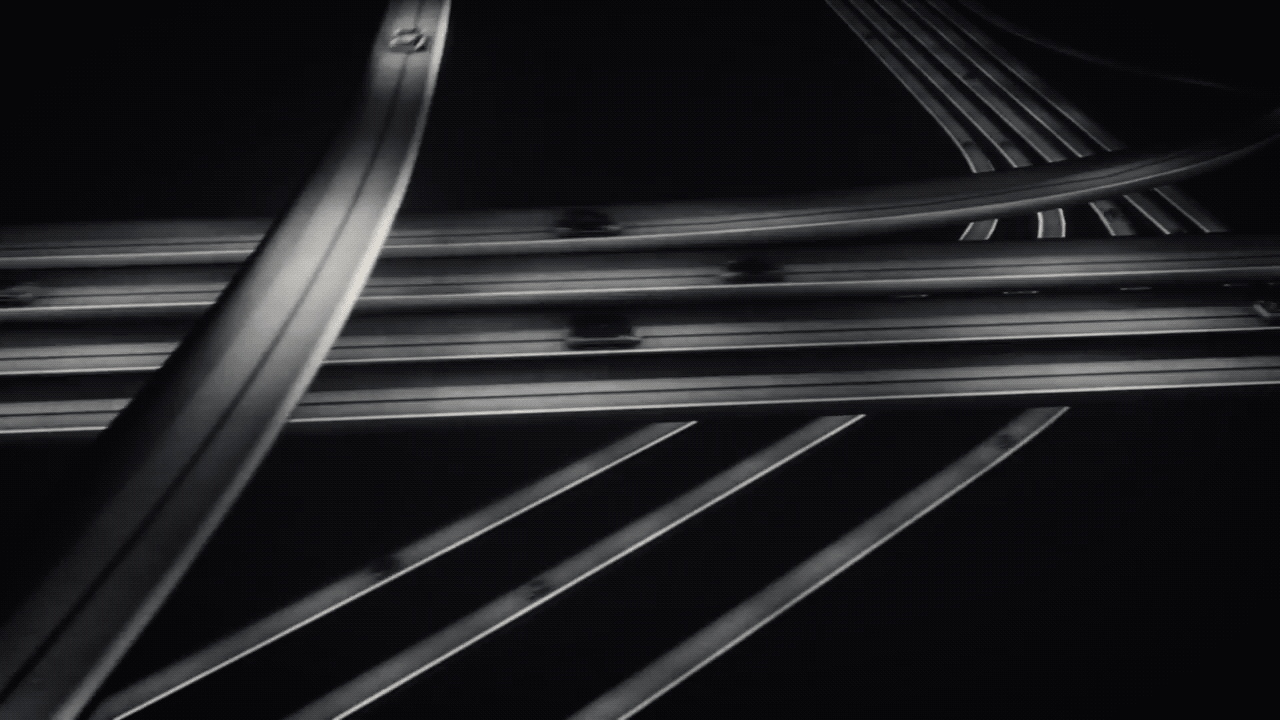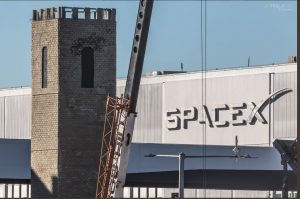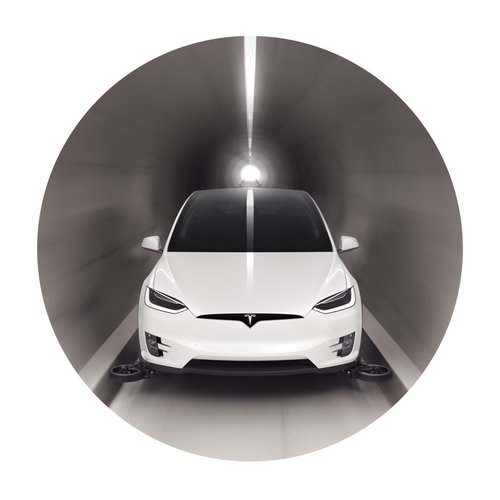After venturing into space exploration, electric cars, solar cities, and Hyperloop, Elon Musk decided to transform the transportation industry with his next venture “The Boring Company”. It all started with the worsening traffic conditions in Los Angeles, which he describes as, “moving from 7th level of hell to the 8th level of hell”. With high risers scrapping the clouds, a stratified transportation system below ground is his solution to the never-ending traffic congestion. Starting from a conventional tweet from being stuck in traffic, The Boring Company has come a long way in conducting its first test run in Hawthorne, California. The Boring Company intends to develop tunneling machinery, which could be faster and efficient in reducing the tunneling cost. Using this machinery the company aims to create a 3D transportation network below ground to relieve the traffic burden above ground. Given Elon Musk’s past reputation some welcomed his initiative, which could revolutionize the tunnel construction industry. While others considered this was one more of Musk’s amusements and doubted the prospects of the idea.

Among the various solutions for congested traffic flow, Musk chooses to bet his money on the underground system. He believes that underground tunnels pose a safer transport system as opposed to flying cars which are guillotine waiting to fall over people’s heads. He backs up his idea with some critical points. The space below the surface is limitless, can be built to any number of layers and equipped with vehicles. It is completely weatherproof and free from street closures and construction hinderance. Hence, he is strongly rooting for his company to develop machinery which can bore holes faster and build tunnels that can help transport people across places at high speeds.
The first video depicting this vision of the boring company is truly fascinating. Taken right out of a sci-fi movie, it presented a picture of a techie world below ground. Cars moving down elevators to skate through at high-speed in tunnels which evolve into a network just like one above ground and the autonomous high-speed pods that pedestrians can hop into at street ends for hassle-free travel. Such a vision set-forth high expectations for the company. When the news broke out that Musk was drilling a test trench in his Space X office at Hawthorne, the tweets weren’t boring anymore.
[embedplusvideo height=”253″ width=”450″ editlink=”http://bit.ly/2GFl0Ld” standard=”http://www.youtube.com/v/u5V_VzRrSBI?fs=1&vq=hd720″ vars=”ytid=u5V_VzRrSBI&width=450&height=253&start=&stop=&rs=w&hd=1&autoplay=0&react=1&chapters=¬es=” id=”ep6514″ /]
One year and six months, the test trench has expanded into a 1.14-mile tunnel running 20-40 feet beneath the streets of California. It runs through the neighborhood between 105 freeway and Hawthorne Municipal Airport. It incurred a cost of $10 million excluding the cost of equipment, research, and development. On 20 December 2018, the audience was in for quite a surprise at the opening event of the first test run by the Boring Company. The reviews suggest that the tunnel ride was not as “epic” as its visionary Elon Musk terms it to be. The car elevators were also unveiled which are the size of two standard parking spaces, transporting the car to the mouth of the tunnel where the ride is set to start. The ride was completed by a Tesla Model X equipped with special guide wheels as opposed to the expected “autonomous electric skates”. The guide wheels can be attached to any autonomous electric vehicle and will be hidden (fold inwards) when not in use and will incur a separate cost estimated about 200-300$. The ride itself was neither smooth gliding nor fast as promised. The rough edges of the tunnel resulted in quite the rattle and the car skated across the tunnel touching only 35-55 mph speeds nowhere near the promised 150 mph.
[embedplusvideo height=”253″ width=”450″ editlink=”http://bit.ly/2GHw5LE” standard=”http://www.youtube.com/v/WQn-D-i5lyM?fs=1&vq=hd720″ vars=”ytid=WQn-D-i5lyM&width=450&height=253&start=&stop=&rs=w&hd=1&autoplay=0&react=1&chapters=¬es=” id=”ep1763″ /]
The test run has left the company facing some not-so-boring questions on whether this underground loop transportation system is really the way ahead. Although Musk doesn’t agree the entry and exit points of this system are perceived to encounter severe congestion. The vehicles will queue up at the entry points waiting for their turn to enter the tunnel system. The queue can spillback and aggravate the traffic congestion on roads. A possible solution could be the garage car elevator prototype, another idea from the boring company. This can help cars from their origin point to directly enter the tunnel traffic system and travel straight to their destination. The huge amount of dirt production from all the tunneling needs to be handled. This dirt has been reused into making the boring bricks, which are showcased by the watch tower construction at Space X Hawthorne facility. In the long run, there are other factors such as ground structure and environmental reviews which could pose problems to this project. In a city like Los Angeles, there are many geographic features such as oil wells and earthquake faults, which need to be considered as the company plans to dig deeper for more layers. Environmental reviews are time-consuming and hard processes, which can push the timeline of the project by three to four years. The company could run into legal battles if they do not abide by these reviews like the one in Westside LA which caused them to abandon their project entirely [3].

There is one fundamental question the Boring Company fails to answer convincingly – conceptually, in what respects the underground system of tunnel transport for passenger cars is radically different from the underground mass rail transit? In terms of passenger capacity, how pale the Boring Company looks in comparison to the underground mass transit? No doubt that the transportation planning community would embrace a transformative idea to avoid urban congestion. However, the planning community is very skeptical about this concept altogether. The idea is appreciated but the prototype is severely criticized for not meeting the expectations set forth. The poor performance of the prototype raises several questions on the plausibility of such an underground 3D transportation network that can ease the burden of traffic above ground. Having said that, the boring company still has four projects up its sleeves to prove its point.
References
- A First Look At Elon Musk’s Plan To Beat Traffic By Digging High-Speed Underground Tunnels. https://www.buzzfeednews.com/article/blakemontgomery/elon-musk-just-posted-a-concept-video-for-his-new-tunnel.
- The Boring Company’s ‘Monty Python’ Watchtower Is Real, and It Looks Great _ Inverse. https://www.inverse.com/article/51827-the-boring-company-s-monty-python-watchtower-is-real-and-it-looks-great.
- Lawsuit prompts Musk’s Boring Co. to abandon plans for tunnel. https://www.dailybreeze.com/2018/11/28/sepulveda-tunnel-1st-ld/
- Elon Musk’s Boring Co. https://bigthink.com/technology-innovation/journalists-review-musk-boring-company-tunnel.
- I Took a Ride through Elon Musk’s New Tunnel in California – The Verge. https://www.theverge.com/2018/12/19/18148061/boring-tunnel-test-drive-hawthorne-tesla-elon-musk.

